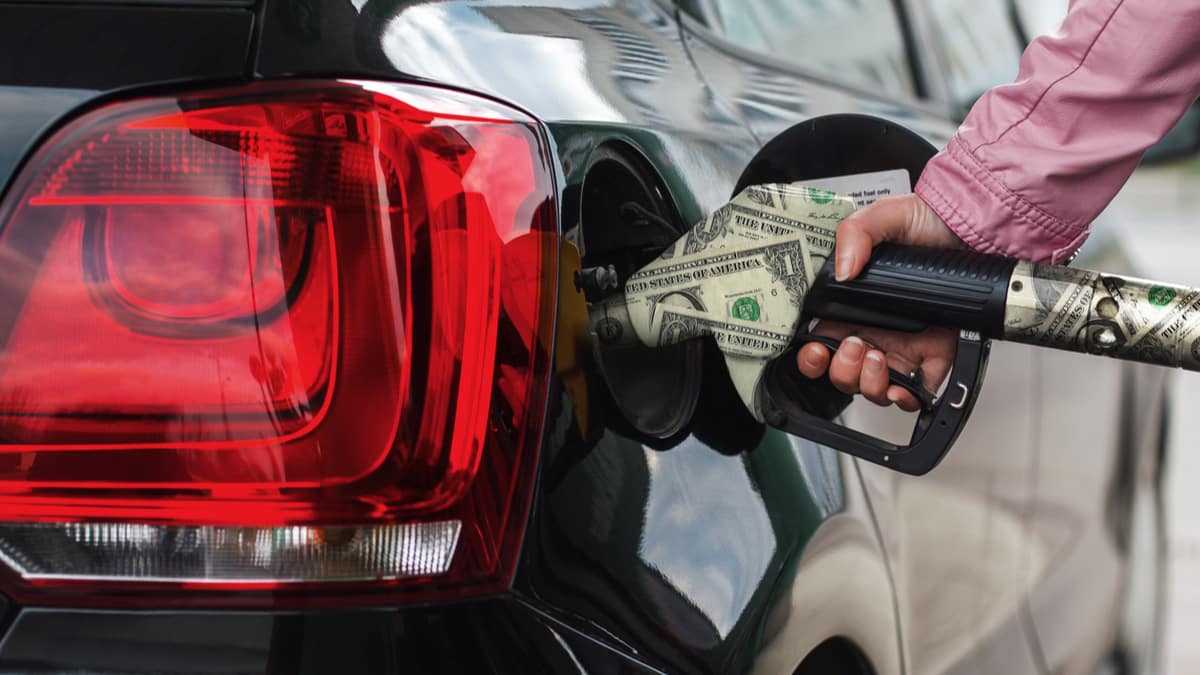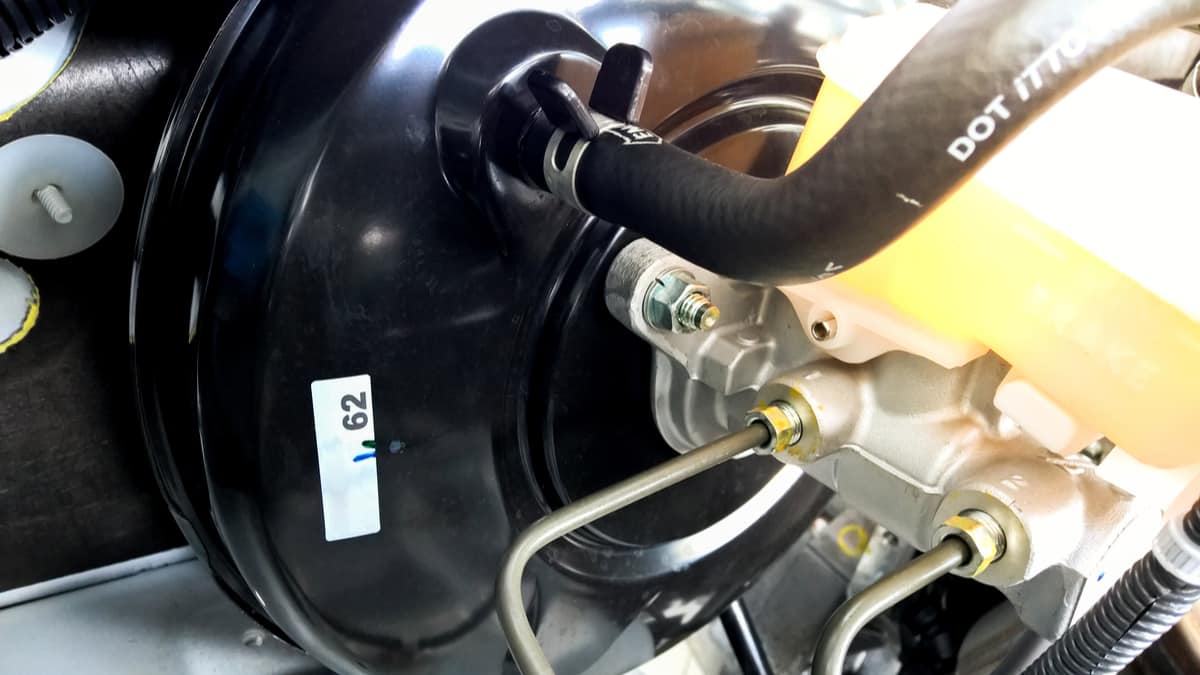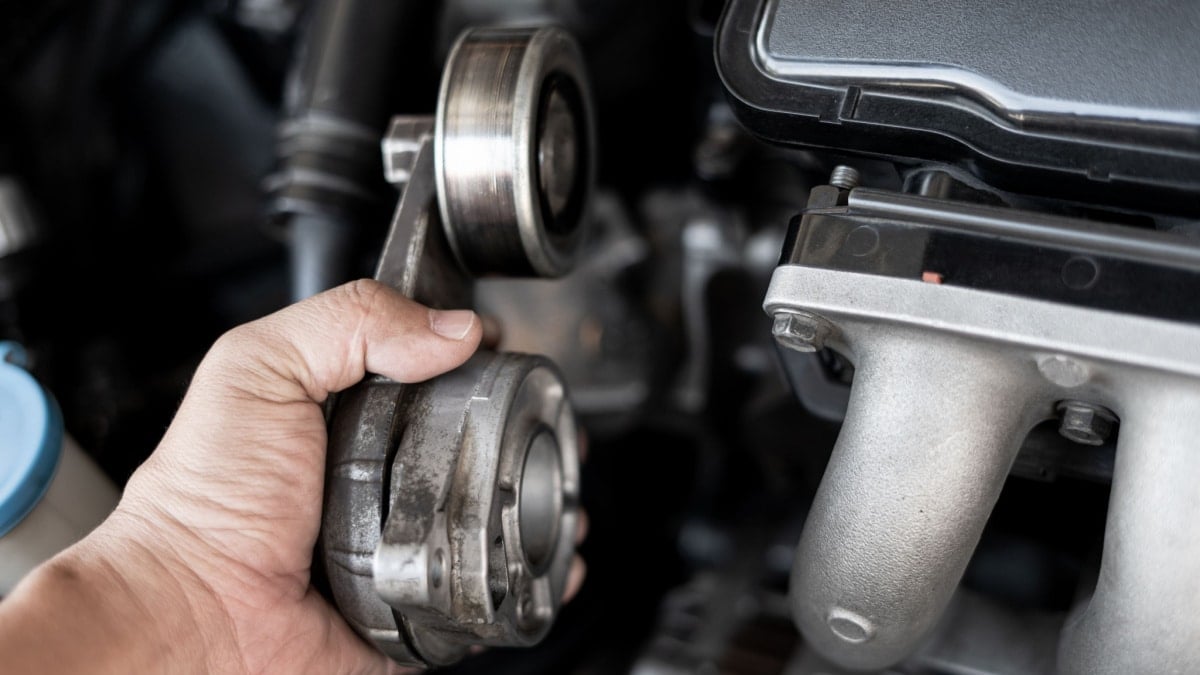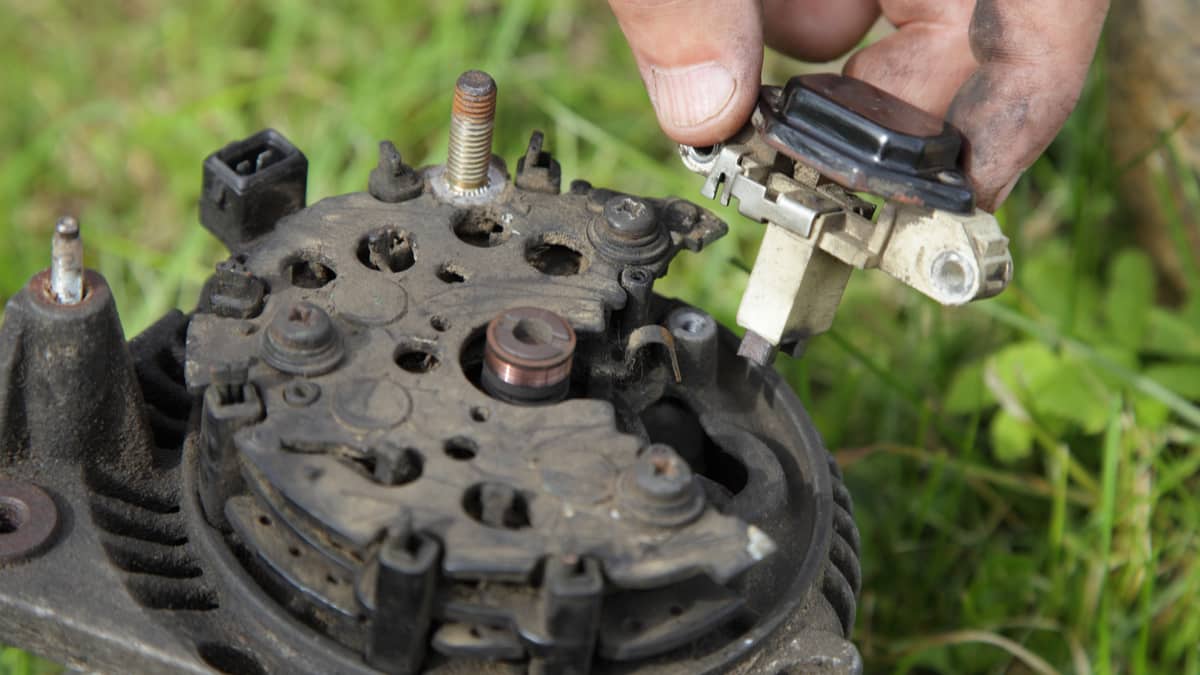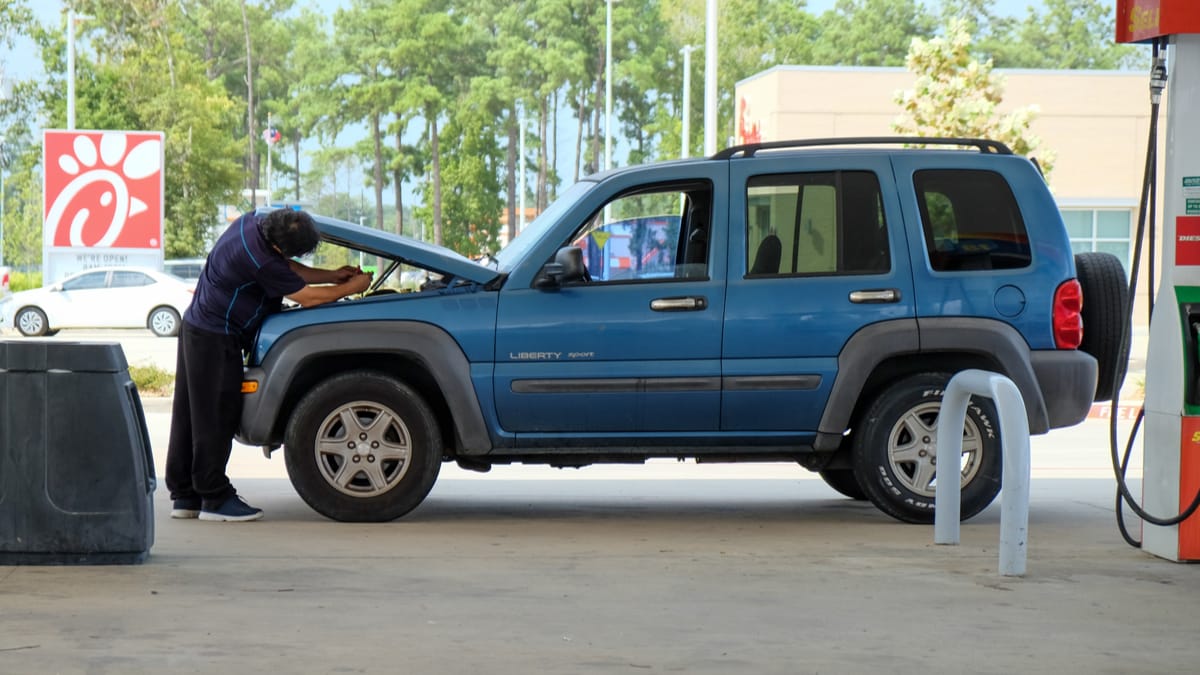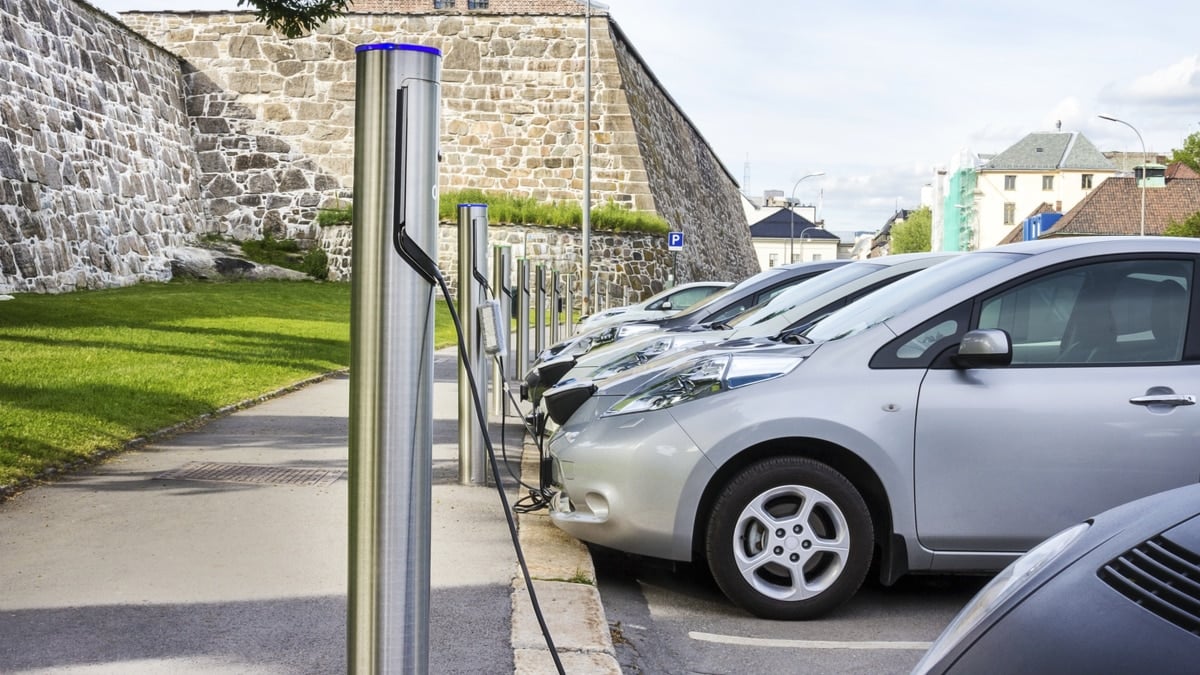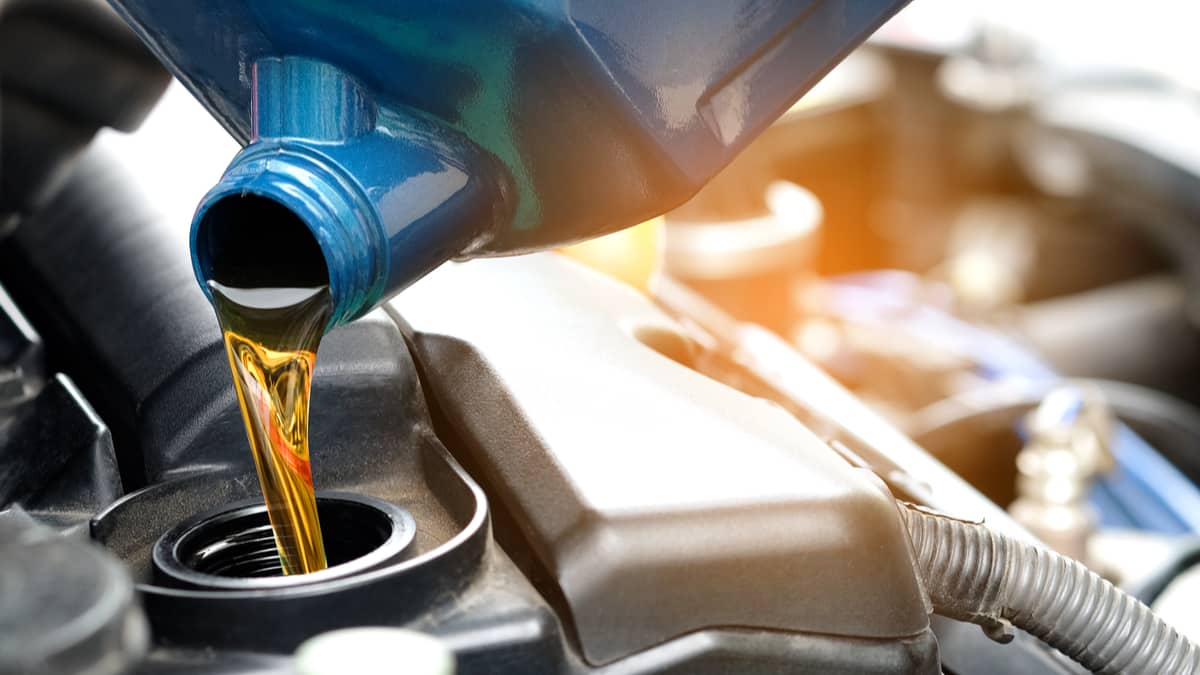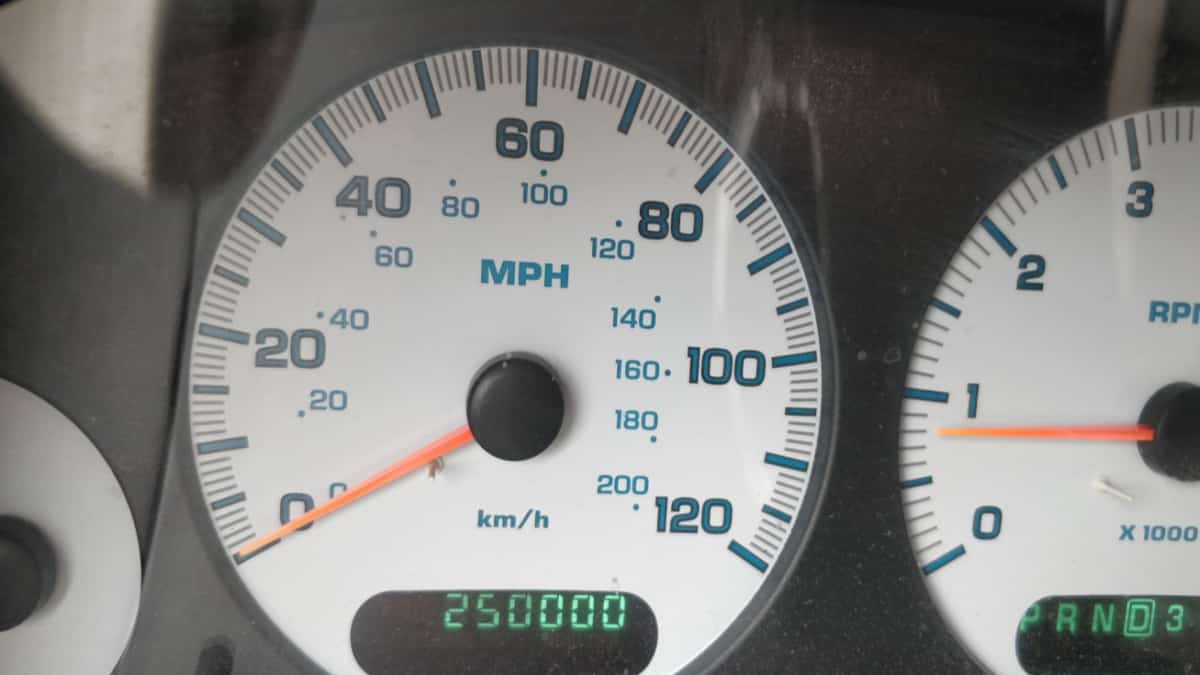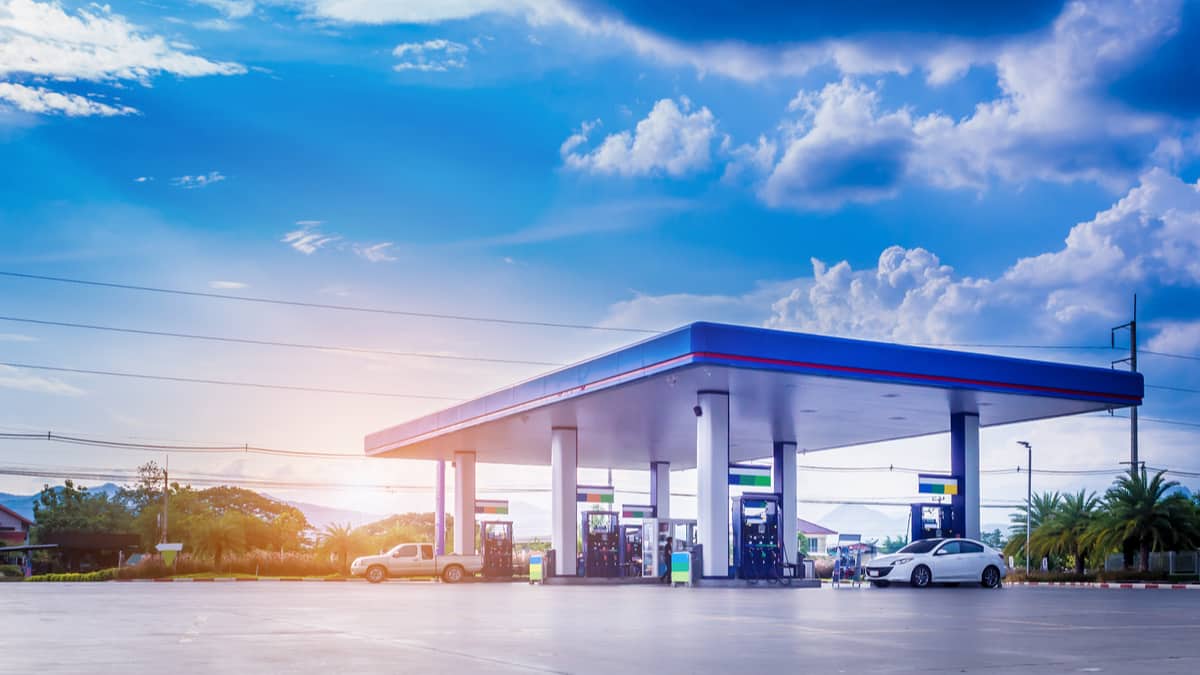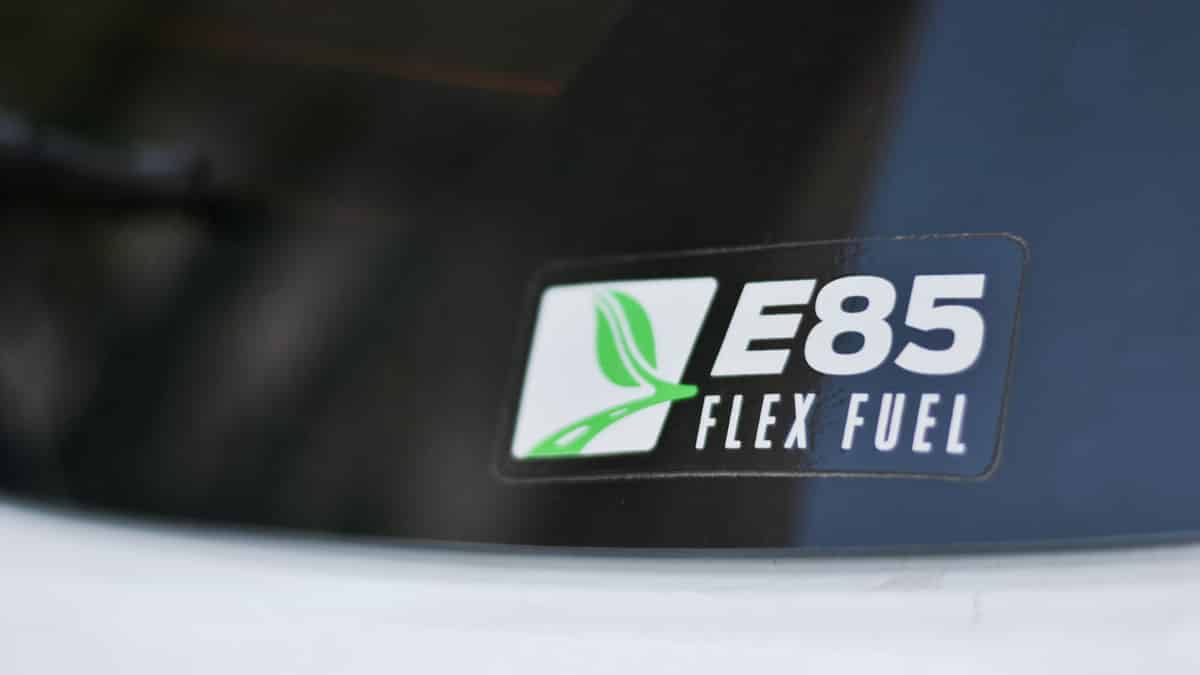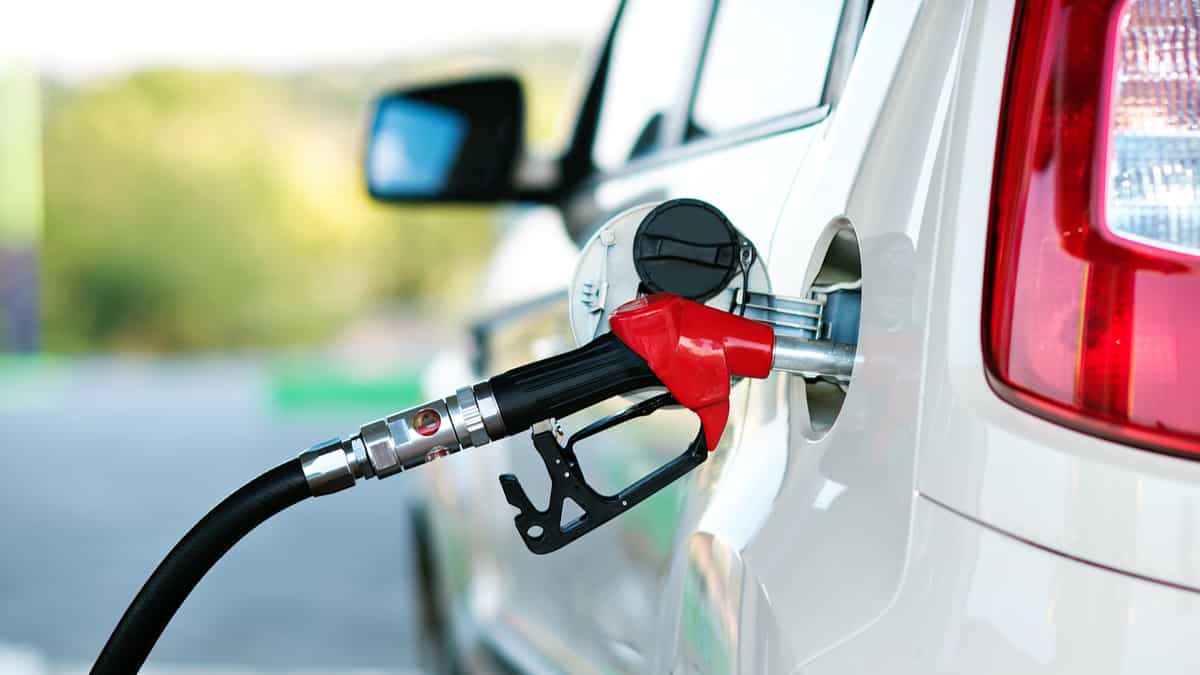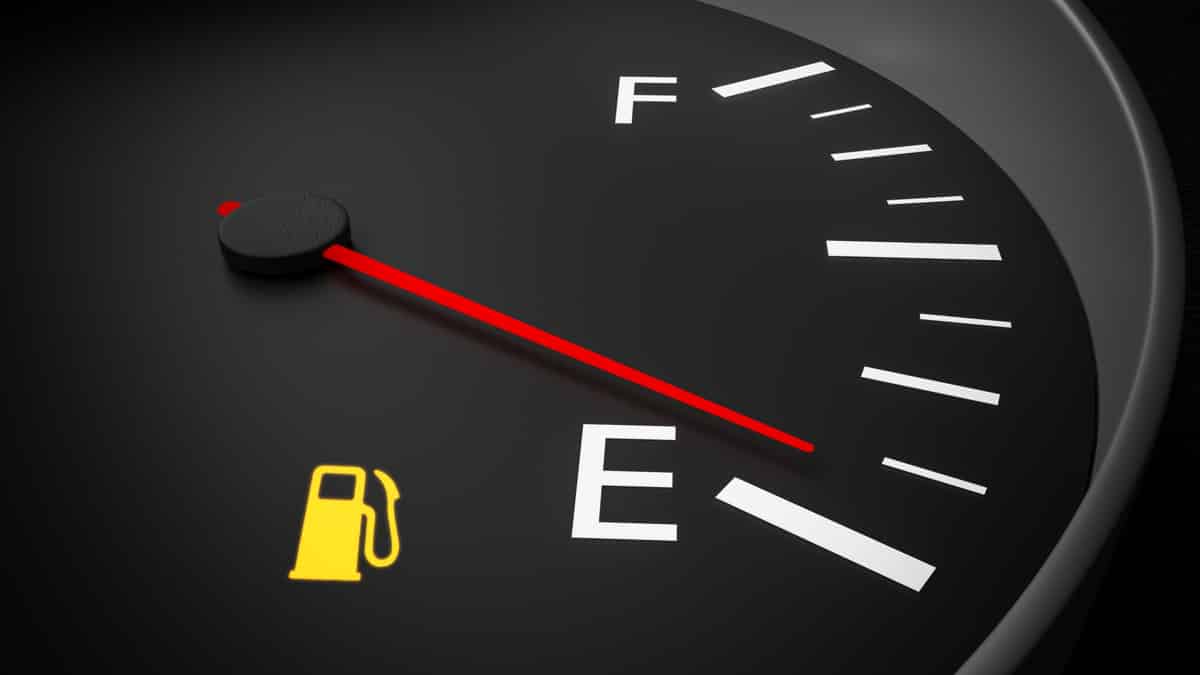We all want to achieve the best fuel economy we can with our vehicles. After all, saving money is great, especially when gas prices are rising. To help you save at the pump, it’s important to understand the main causes of poor gas mileage.
Sometimes, the problems are due to a mechanical failure that needs immediate attention. In other cases, it’s simply due to the way you drive, which is easy to change. Let’s take a quick look at the most common reasons for bad gas mileage in your car.
10 Causes of Bad Gas Mileage
The most common cause of poor gas mileage is a faulty engine sensor like the O2 sensor, MAF sensor, or MAP sensor. It can also be caused by a dirty air filter or low tire pressure. You also want to ensure you use the right fuel type with the right octane rating for your car.
Without further ado, here is a more detailed list of the ten reasons your car isn’t getting great gas mileage.
1. Dirty Air Filter
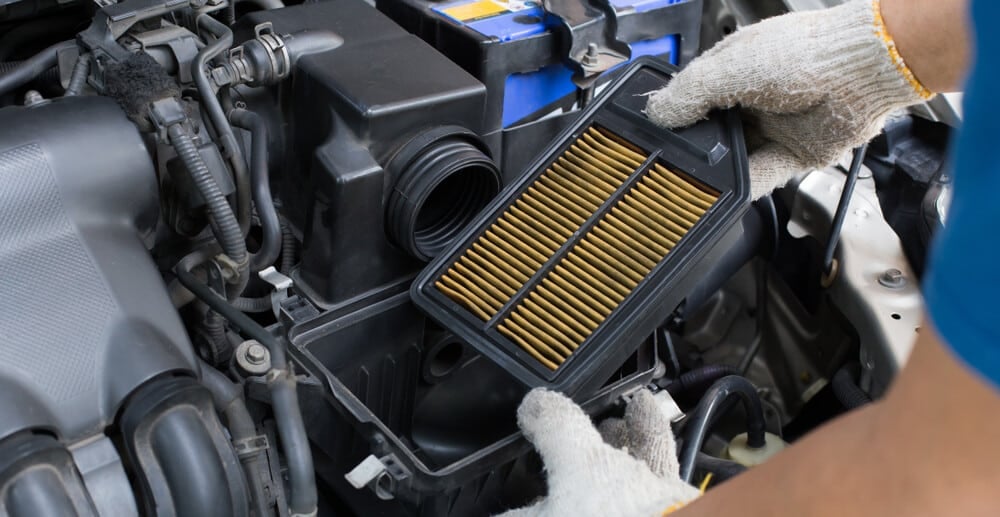
Changing the engine air filter is considered a regular maintenance task. If you check the recommended service intervals for your vehicle, you will see engine air filter replacement listed.
If you can’t remember when it was changed last, it’s time to fix that. For the cost of a new air filter, there’s no reason to procrastinate. In fact, you are probably spending more money by running the dirty air filter than it would cost to change it. Let your engine breathe better and increase the fuel economy, all with this simple replacement.
2. Defective O2 Sensor
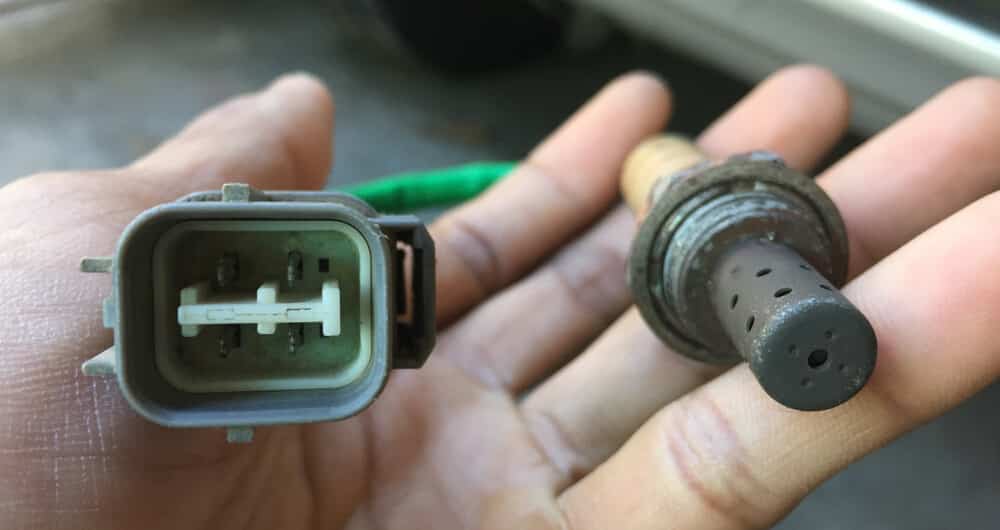
If the Check Engine Light comes on and reveals a bad O2 sensor, you want to replace it right away. Many times, the car will continue to run normally or with some minor performance issues, even with a bad sensor, but you don’t want to ignore the fault.
If there is a defective sensor, there could be more fuel being injected into the system than needed, which means you’re wasting gas. It can also increase the CO levels in the exhaust, hurting the environment.
RELATED: 5 Symptoms of a Bad Oxygen Sensor
3. Bad Spark Plugs
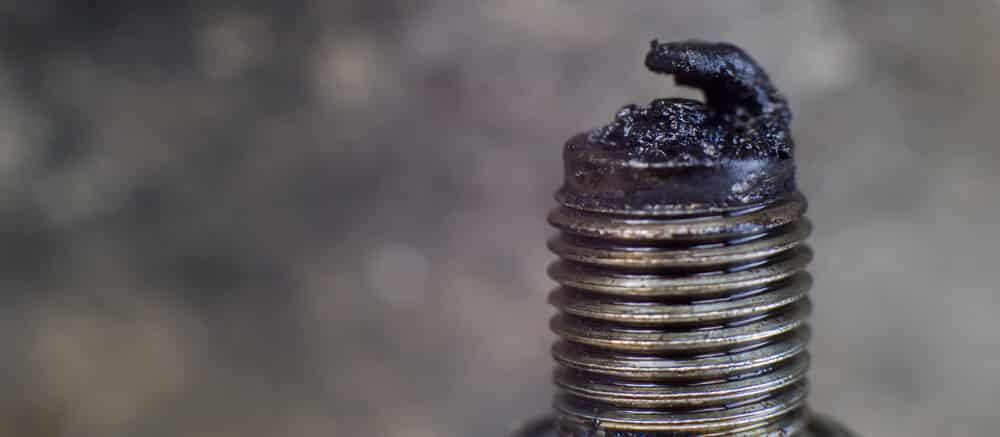
The ignition system is vital to the combustion of the engine, and the spark plugs play a huge role. If a spark plug goes bad, fuel in the affected cylinder might not combust properly, leading to poor gas mileage. However, this is true with any part of the ignition system, including the plug wires and ignition coil.
Fuel that hasn’t burned can’t be used to move the vehicle, so it goes wasted. These issues can also lead to engine hesitation, stumbling, and a rough idle.
RELATED: 6 Symptoms of Bad Spark Plugs
4. Clogged Fuel Injector
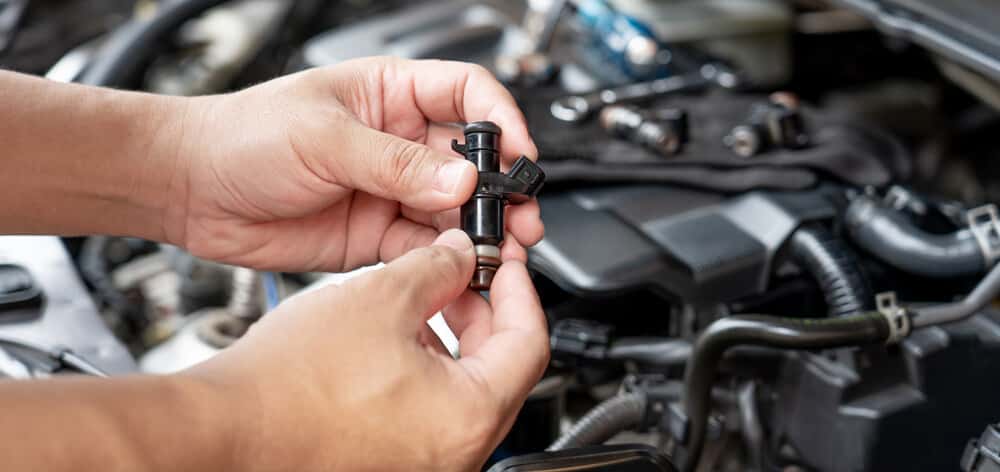
Fuel injectors are needed to send fuel to the system at a specified time. If the fuel injector is clogged or defective, it could spray fuel, but not in the appropriate pattern.
When the fuel doesn’t atomize correctly and mix with the right amount of air, combustion doesn’t occur as it should. In some cases, you can clean the injectors, which saves you money over replacement.
5. Low Tire Pressure

When tire pressure is low, there is more rolling resistance to contend with. This resistance demands more energy from your car to maintain the given speed. To produce this energy, fuel economy drops.
With modern vehicles, there are tire pressure sensors that alert you to when you should add more air. However, even if you are running the tires just slightly low so the sensors don’t notice, you could be wasting fuel.
Check the tire pressures often and ensure they match the factory recommendations. You can find this information on the sticker located on the driver’s door jamb.
6. Bad Wheel Alignment
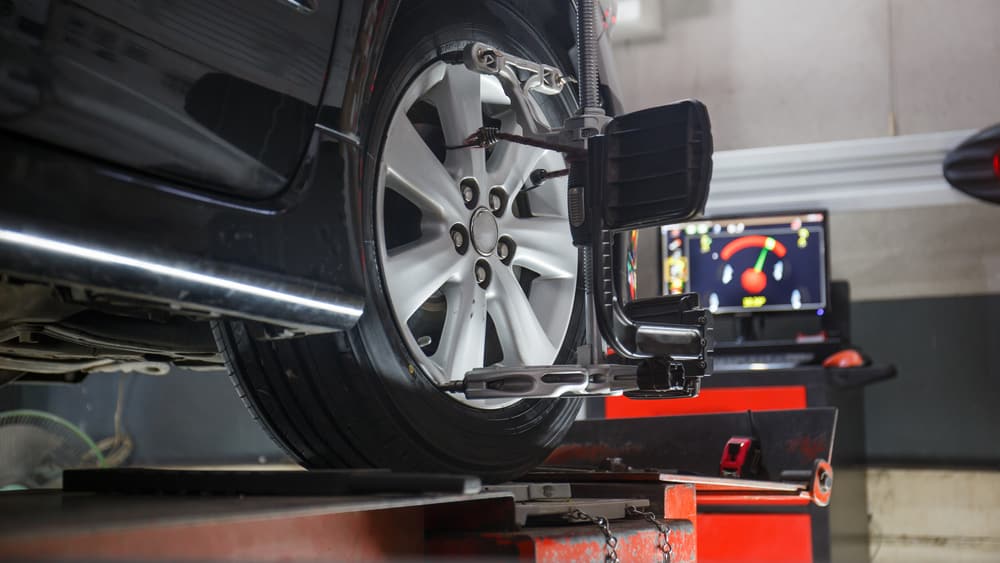
After your vehicle hits a pothole, you might notice that it takes more effort to keep it moving forward. To maintain this extra energy, the vehicle is going to use more fuel.
Not only will you spend more at the fuel pump, but you are going to get a workout every time you drive the car, trying to muscle it back onto the road. Instead, have the car realigned at the first sign of trouble.
RELATED: 5 Symptoms of a Bad Wheel Alignment
7. Wrong Octane Fuel
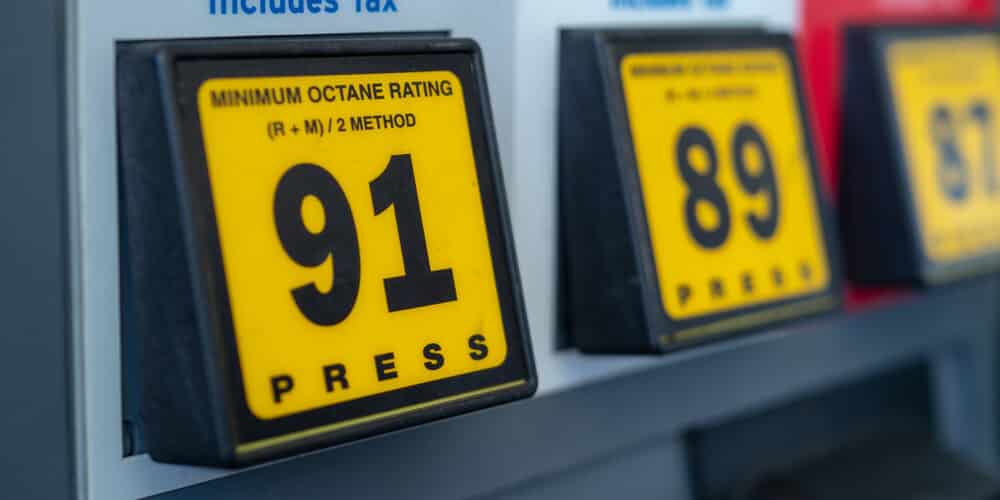
The octane rating illustrates the fuel’s capability to resist combustion when under pressure. The higher the octane rating is, the more resistance your vehicle receives.
In some models, you can choose whether to use regular, mid-grade or premium octane fuel. Regular is rated at about 87 octane, while mid-grade is 89, and premium falls between 91 and 93. If you drive a high-end vehicle or sports model, you might be told to always use premium gasoline.
If you choose to use a lower rating, the ECU might adjust the ignition timing, known as dialing back or pulling timing. When this occurs, the spark plugs fire later during the compression stroke than normal. The firing occurs closer to top dead center (TDC). To fix this, all you need to do is change back to premium fuel.
8. Cold Weather
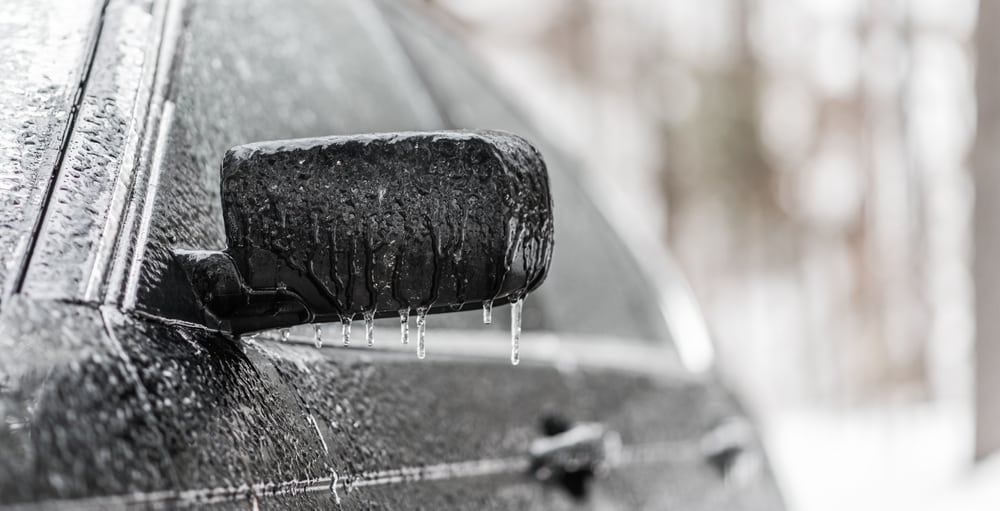
When the temperatures drop, your vehicle needs more time to reach its normal operating temperature. At cold temperatures, the oil becomes more viscous, thereby reducing efficiency. It’s most notable when driving during short trips.
To maintain the right air-fuel ratio, the car needs more fuel to deal with the denser cold air. On top of that, the additives used in gasoline are different in the summer than they are in the winter. Most winter formulas contain less energy for each gallon.
Sadly, there’s not a whole lot you can do about this problem. You can keep the car in a garage to keep it warmed up, or you might decide to go south for the winter.
9. Driving with a Lead Foot
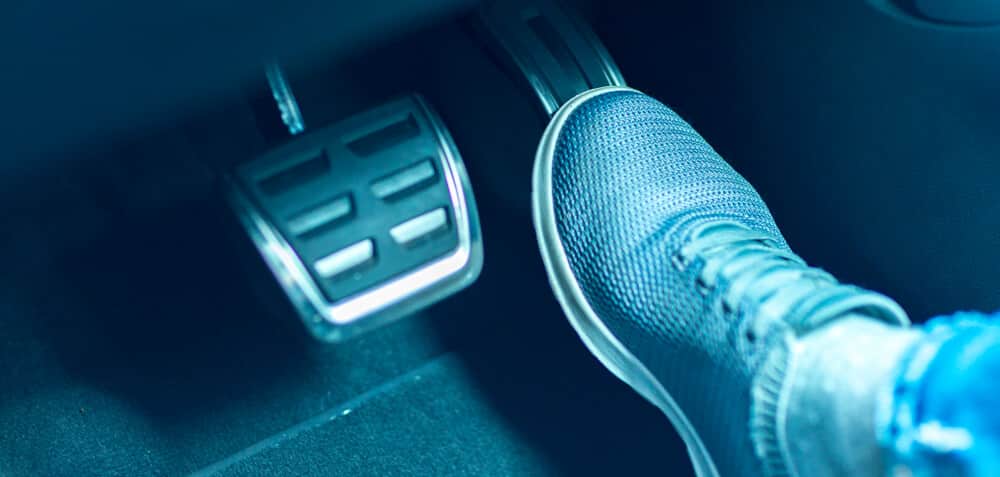
You want to experience everything your vehicle has to offer, which is why you love pushing hard on the accelerator and feeling the power the engine has. However, this is terrible for your fuel economy.
When the accelerator is pushed, the throttle opens up, allowing air to infiltrate the combustion chamber. In response, the ECU sends more fuel to maintain an appropriate air-to-fuel ratio. If you are forcing more air into the chamber, there will naturally be more fuel as well.
What’s worse is if you have a turbocharged engine, because it naturally runs rich to begin with. Adding more air only makes the fuel economy plummet even further. While you don’t have to operate your vehicle like your grandmother, you could take it a little easier to save some money.
10. Carbon Buildup
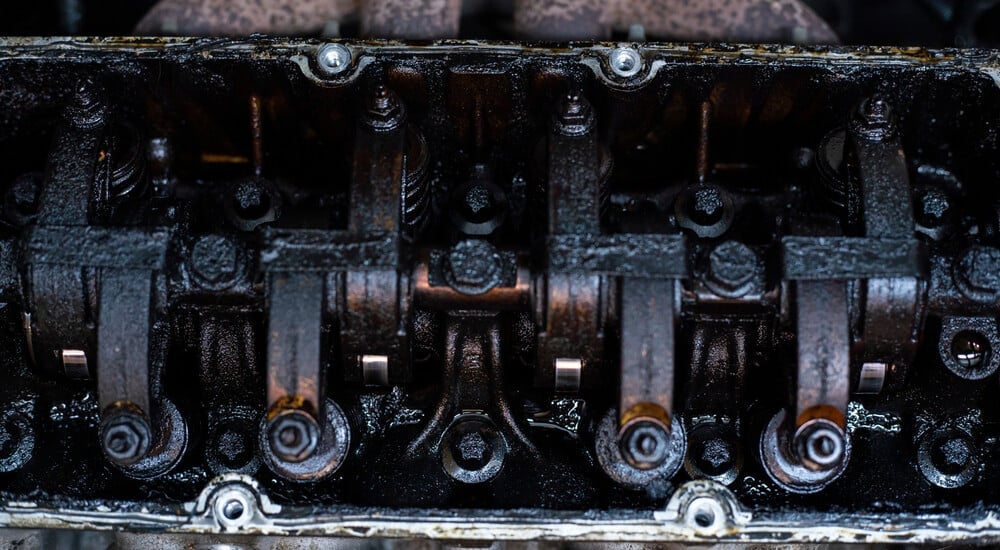
When your vehicle gets older, carbon starts to build up on the injectors, cylinder walls, pistons and valves. While it’s normal to experience a small amount of carbon, too much can lead to disaster.
If the valves can no longer seat correctly, compression is reduced, further affecting the gas mileage. You will notice this problem occurring more frequently with direct injection systems where the fuel gets sent right into the cylinder. With a port injection configuration, fuel is injected before the intake valve, washing the valves with its natural solvent properties and reducing the carbon buildup. Thankfully, you can clean out carbon with several high-end products on the market.
RELATED: 8 Best Catalytic Converter Cleaners
Best Way to Improve Gas Mileage
Above all else, it’s important you follow the recommended service intervals set forth by your automaker. Change the air filters, replace spark plugs and perform all other maintenance that’s advised. By taking care of your vehicle and ensuring everything is running as it should, you can maintain superior fuel economy for cost savings at the pump.
Categories: Driving, Troubleshooting
